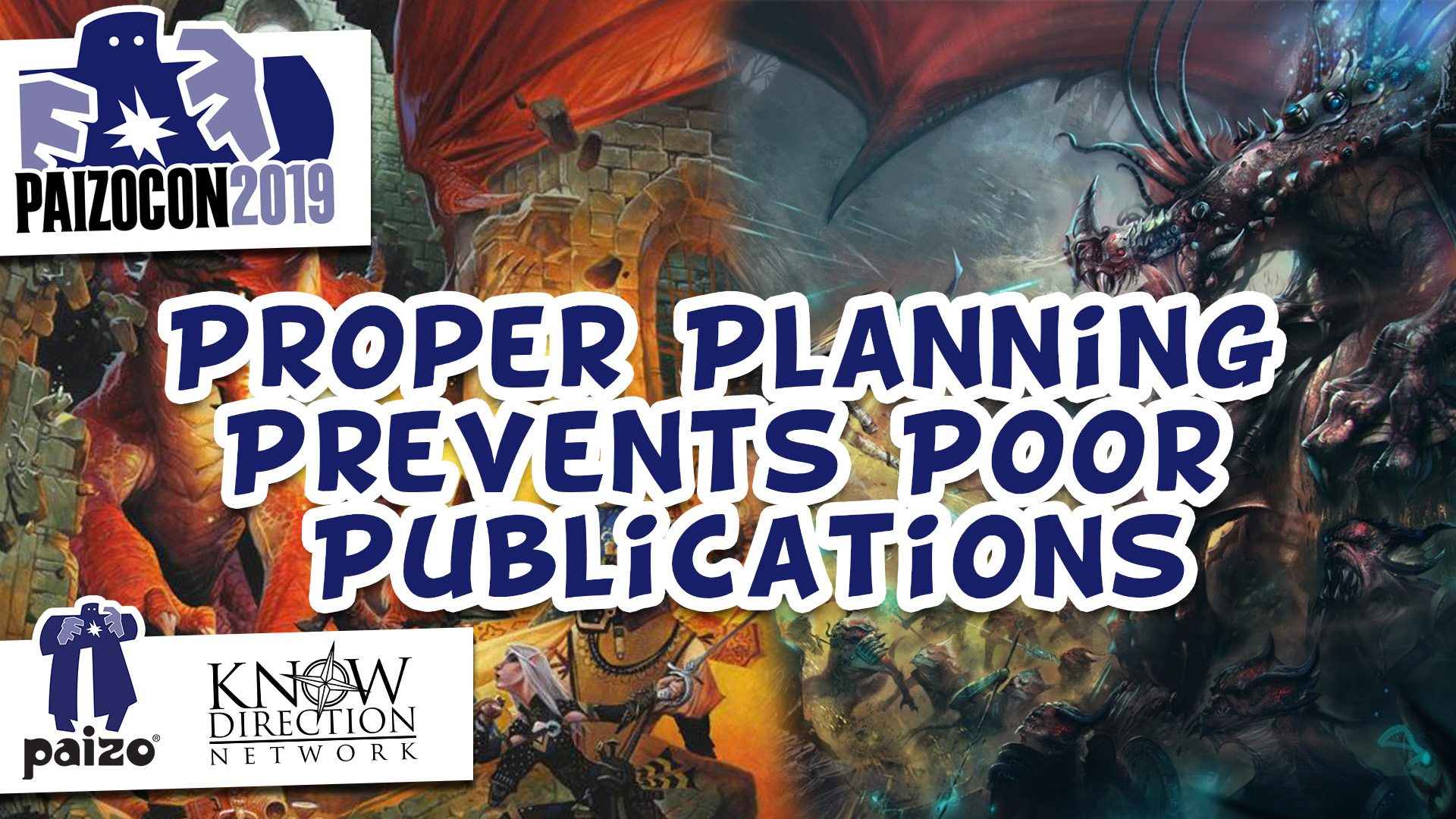Continuing along with the focused GM tricks of the past few posts I thought I’d talk about posing questions. I know I talk a lot about lines of communication between the players and the GM. I’m not talking about that right now. Now I’m talking about the narrative technique of sharing some of the storytelling load with the players by asking them questions about things in the scene.
I’ve been aware of this technique for a long time but I’ve been leery about using it because I’m the GM setting the scene and establishing facts about the world are my jobs. That said I started coming around on this recently and using it in small amounts. I have to say, I’m liking the results we’re getting at the table. Your players are likely creative people and they’ll bring something new you may not have thought of to your scene descriptions. You can also mine this for character emotional states and backstory details.
Asking Questions About the Scene
One of the most obvious uses for this technique is to ask about something that catches a character’s attention. Even if you’re running a published adventure you can use this technique to draw your players into the scene. For example: If your players are exploring a haunted infirmary that local teens sneak into for kicks and you’ve read all the box text that talks about fire damaged bedframes and whatnot. You might ask the players to make a Perception check. Let whichever player rolled highest find the primary clue but you might tell the player with the second highest roll they found something small dropped on the floor. Ask them to describe what they found as the pick it up. The adventure in question has some specific items outlined in this encounter there’s no reason (unless you’re running society) why you have to use these items exactly. Giving the players a little extra agency in moments like this can really boost their engagement with the story.
If you don’t abuse it, you might be able to use this trick once or twice to lure the PCs into haunts or traps by engaging their interest in those things they discover and describe.
Asking Questions About a Character’s Past
In many campaigns players come up with elaborate backstories and their GMs aren’t always certain how to connect the characters’ pasts with the campaign’s current events. Other times Players may have only one or two vague details about their characters’ pasts worked out. When a GM asks questions at the table about a character’s past they bring the character’s backstory into the present.
Taking the previous example the GM knows that the player’s PC is local to the area and likely broke into the place at least once. When the GM tells the player they found something she might elaborate and ask the significance of the item. And while the other characters are possibly unaware there is a personal story tied to the find but the players are. If the clues and questions are kept concise the GM and the player can work together to slowly reveal more of the character’s backstory.
These questions need not be limited to trinkets and finds. If the GM needs an NPC tied to a character background this can be accomplished by asking questions at the table. in a homebrew game or a published story where who the NPC is, makes little difference to the overall plot the GM might ask questions that lead to a unique character largely crafted by the player. Alternatively, if you have a clear idea of exactly what NPC you need to use. You can describe the character and then ask questions about how the characters met or what exactly that falling out was over.
Asking Questions About How a Character Feels
Similar to asking about a character’s past the GM can ask for a peek behind the mask every character wears. She can ask a player about the character’s fears, desires, and impressions. Again these questions can be presented in a number of ways. The GM might be direct and just ask what a character is feeling or sometimes it can be a lot of fun to ask the same sorts of things in more roundabout methods. For example, an orc skald successfully intimidates a PC in combat rather than narrating what intimidating thing the GM thinks would be cool, the GM might ask the player what the intimidating behavior was.
All in all. Inviting your players to contribute to setting the scene, filling in details or providing insights to their character’s motivation and backstory is a great way to increase engagement at the table and focus that spotlight back onto the Players and their PCs.







